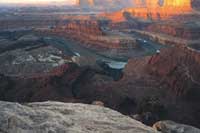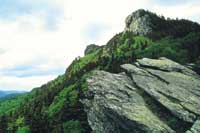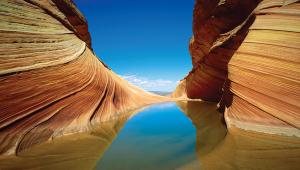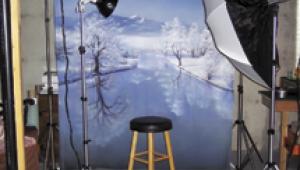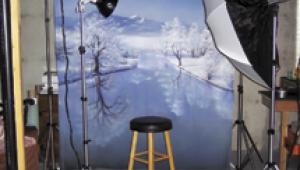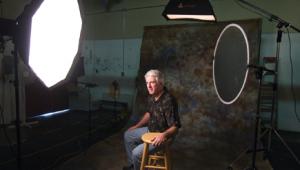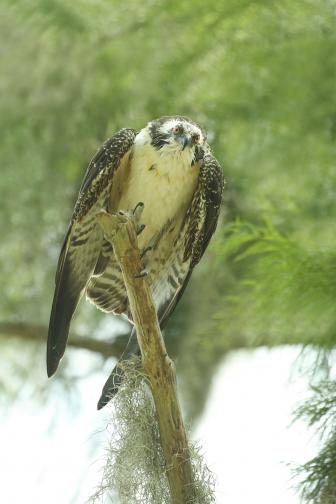The Tip-Off
The Right Light--Why It Is Worth Playing The Waiting Game
"A lot of what we do as nature photographers is spend time looking around for places to go when the light is right," Tony Sweet says. And, once those places have been found, waiting around for the right light to put in an appearance. I'll go out and spend
the morning at a place I know is going to be a great sunrise spot. On
days when there's bright sunlight and most hours aren't
shootable hours, I'll take that time to drive around, look for
spots that I think will be good for sunrise or sunset, and I'll
make notes on those places." |
|||||||||
|
|
||||||||
